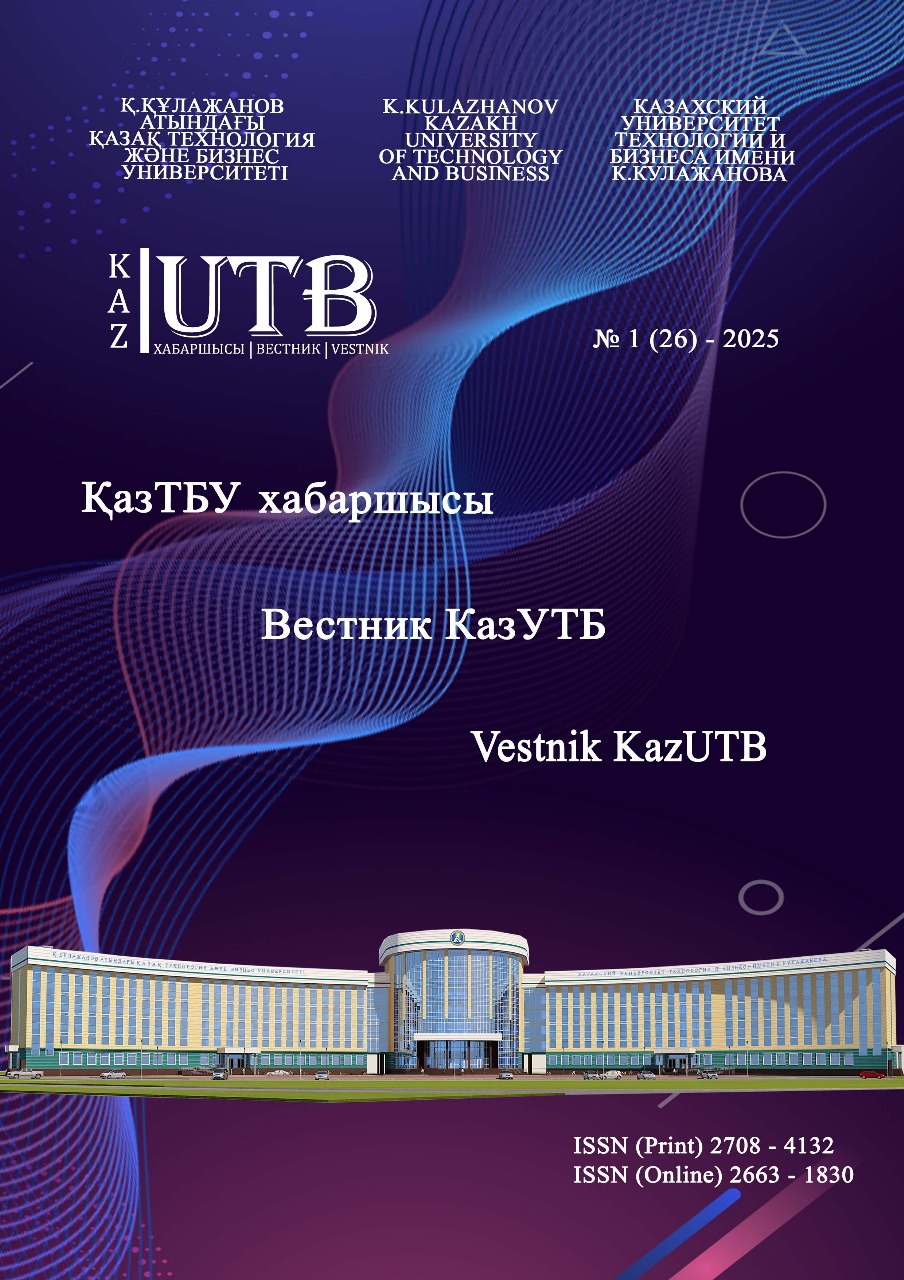Меню


Экономика, бизнес және қызмет көрсету
№ 1 (26) - 2025 / 2025-03-31 / Көрілім саны: 107
ДИЗАЙН-ОЙЛАУ: БІЛІМ САЛАСЫНДАҒЫ ҚАЖЕТТІЛІКТЕРГЕ ШОЛУ
Авторлар
Кілтті сөздер
дизайн-ойлау, білім беру, басқару, инновация, білім берудегі қажеттіліктерді табу
DOI сілтемесі:
Қалай дәйексөз келтіруге болады
Аңдатпа
Қазіргі білім беру жүйесі керемет әртүрлілігімен ерекшеленеді. Университеттер бірқатар инновациялық тәсілдерді қолданады, мысалы, бірлесіп оқу, «төңкерілген сынып» әдісі, Fab Labs және Makerspaces құру, сондай-ақ университет негізінде инкубаторларды дамыту. Әдістердің, идеялардың, техникалар мен құралдардың молшылығына қарамастан, білім беру инфрақұрылымының оңтайлы компоненттері мен ең тиімді құралдарын анықтайтын әмбебап формула әлі де жоқ. Бұл мәселелер «зұлым» проблемалар ретінде сипатталады — күрделі, екіұшты және көпқырлы.
Дизайн-ойлау әдіснамасы «білім кеңістігінен» «тұжырымдамалық кеңістікке» өтуге мүмкіндік беріп, алынған инсайттарды тиімді қолдануды қамтамасыз етеді. Бұл жұмыста жоғары білім беру саласында тиімділігін дәлелдеген кеңінен танылған тәсілдер мен құралдардың жан-жақты талдауы ұсынылған. Сонымен қатар, зерттеу дизайн-ойлау әдістерінің бірі — «кабинеттік зерттеу» арқылы болашақ ғылыми зерттеулерге шабыт беруді мақсат етеді. Осы тәжірибелерді сыни тұрғыдан талдай отырып, жұмыс needfinding әдісінің тиімділігін және оның университеттердің тұтастығын сақтап, олардың бастапқы миссиясына сәйкес болу әлеуетін бағалауға бағытталған.




